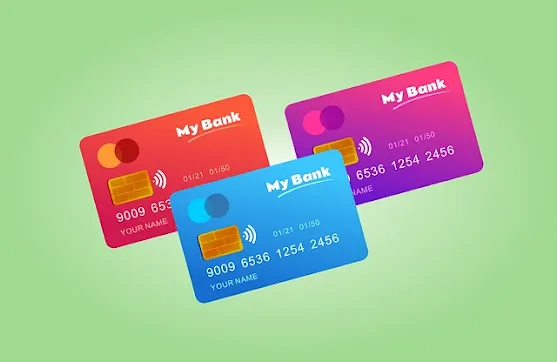For online purchases made abroad or in a different currency, banks may add a hidden commission of between 1% and 3%. Some users pay this fee without realizing it when they make a purchase on a website registered in another country, thinking that the purchase is being made in their own country. Even if you select the “Pay in USD” option, if the currency conversion service is handled by another intermediary bank in the background, additional transaction fees may apply.
While some cards clearly state this fee, many users experience this cost, which appears as a currency exchange difference on their statements, as truly “hidden.”
Late Payment Penalties and Interest Rate Hike Triggers
If you miss the minimum payment date by just one day, you may not only incur late payment interest but also see your card's standard interest rate increase by 10-15%. Some credit cards may appear “forgiving” for the first late payment but permanently raise the interest rate for a second violation within the same year—this is a punitive structure.
A late payment doesn't just create a penalty for that month; some banks may use this late payment as a basis to lower your credit limit based on your other financial behavior. Some card agreements include a “default interest” system, where your interest rate can rise to as high as 29% after consecutive late payments — most users don't notice this detail when signing the agreement.
Cash Advance Fees
When you withdraw cash from an ATM, you are charged not only the amount withdrawn but also a high interest rate applied immediately + a cash withdrawal fee. Interest on such withdrawals is calculated from the moment of the transaction, not from the end of the billing period as with purchases — most users only realize this later.
Many cards charge a flat fee (e.g., $10) for ATM transactions, but some also charge an additional 3% of the transaction amount; when these two costs combine, the total can quickly add up. Additionally, some cards disable points earning when you take a cash advance — meaning you pay more and miss out on rewards.
Overlimit Fees
Some cards silently approve spending that exceeds your limit by a few dollars, but this “courtesy” comes with an overlimit fee of $25 to $40. Overlimit fees are also used by some lenders as a trigger to automatically increase your monthly interest rate, so they're not just a one-time charge.
Interestingly, overdrafts sometimes remain invisible until you make a payment because some banks process transactions based on the “posting date” rather than the transaction date. Some users have reported that they fell into overdraft due to a pre-authorization at a gas station and were not even notified.
Inactivity or Dormancy Fees
Some financial institutions charge “dormant” fees to customers who do not use their credit cards for an extended period—this fee is rarely explicitly disclosed. Especially for cards opened for promotional purposes with no annual fee, if no transactions are made within 12 months, a “payment for not using” fee of 10–20 dollars may be charged.
Some banks refer to this as a “maintenance fee” and describe it in a way that initially appears to be a systemic or operational expense. Dormant cards can also negatively impact credit scores, as credit scoring systems consider the active-to-usage ratio as a performance indicator.
